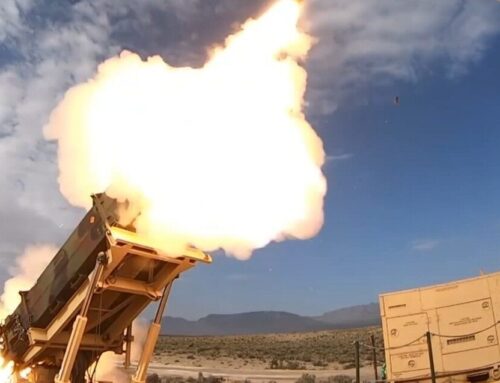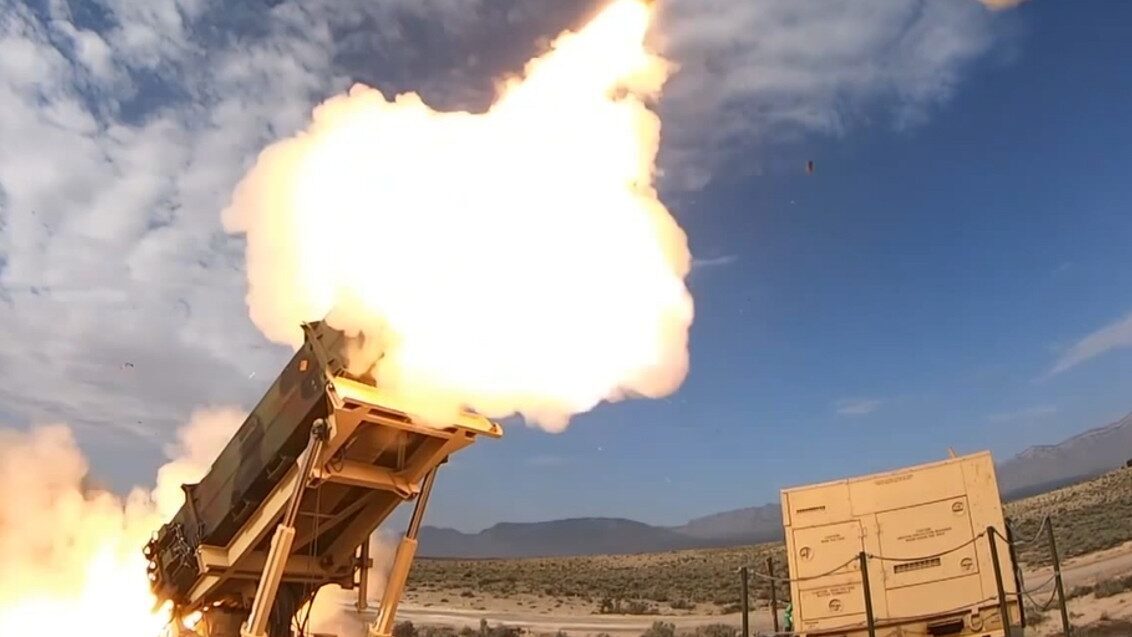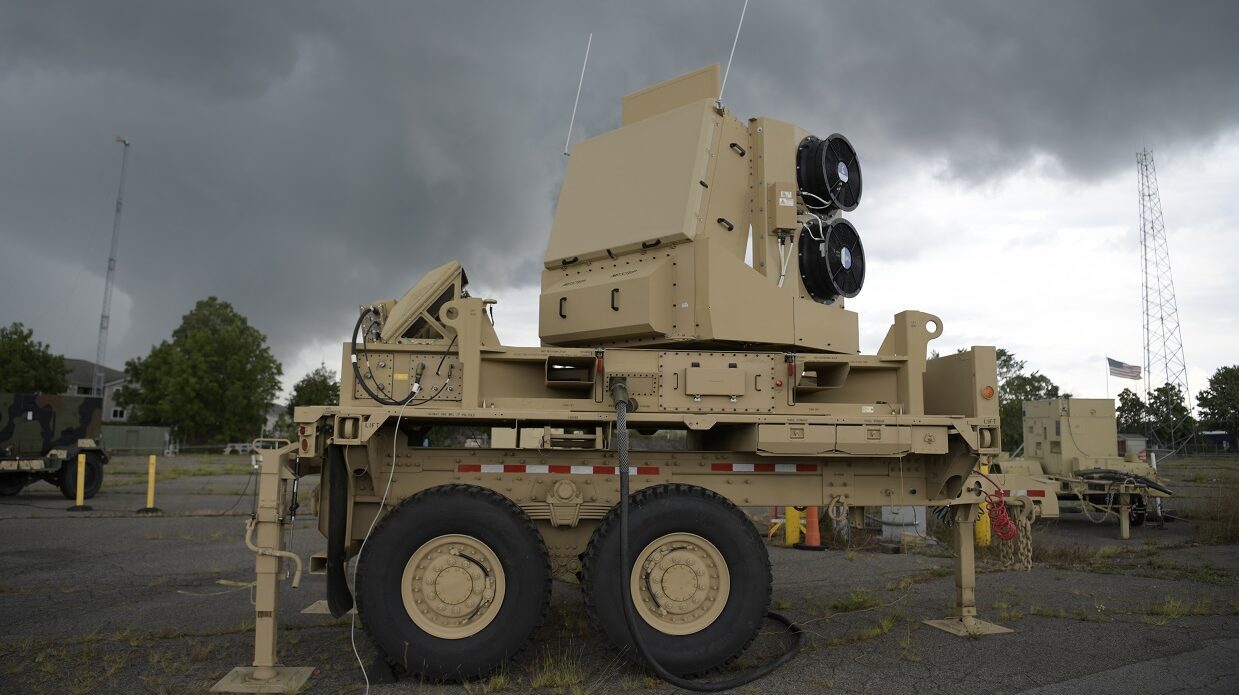A 7th Transportation Brigade (Expeditionary) landing craft mechanized (LCM) transports a vehicle to the shore at Fort Story, Va., on Aug. 25. Soldiers of the 188th Brigade Support Battalion, 18th Field Artillery Brigade, train in how to load and offload equipment and vehicles with the watercraft. (Photo by Sgt. Benjamin Parsons)
AUSA 2024 — Readiness rates for the US Army’s fleet of watercraft have steadily declined over the past four years, highlighting a significant weakness in the service’s ability to move personnel and equipment as it prepares for a fight in the Indo-Pacific, according to a new independent government audit.
Army policies state that its equipment and assets, watercraft included, should aim for 90 percent of assets to be “fully mission capable” — meaning they are prepared to execute their full range of missions at a moment’s notice. Not only is the Army failing at that target, its readiness rates dipped from from 75 percent in 2020 to less than 40 percent this year, the Government Accountability Office stated in its report, released today.
“Army officials stated that these low mission capable rates, along with the smaller size of the watercraft fleet after divestment, hinder operational readiness and the ability to meet mission requirements,” the GAO writes. The watchdog examined the service’s watercraft readiness at the behest of a congressional direction included the 2023 annual defense policy bill.
Although the service told auditors that it is developing a watercraft modernization strategy aimed at projecting a future fleet in the 2030s and 2040s, GAO found it is “unclear” what mitigation is in place in the meantime to improve the service’s readiness.
“Moreover, the Army has struggled to address a series of longstanding maintenance challenges with its watercraft fleet. Using handwritten systems to manage maintenance has adversely affected the fleet’s readiness,” the GAO report stated. “For example, as of May 2024, one vessel had been out of service for over [five] years. Army officials reported several factors contributing to significant delays, including maintenance work.”
As part of its report, GAO made four recommendations that focus on Army leadership in Washington as well as operational commanders in the Indo-Pacific taking a variety of action to mitigate the ongoing readiness issues. Responding on behalf of the service, Secretary Christine Wormuth concurred with GAO’s recommendations.
A table from the GAO’s report on Army watercraft shows the annual drop in mission capable rates. (GAO)
The GAO’s report comes the same week that Army leadership at the annual AUSA exposition aggressively argued the service’s importance to the Pentagon’s broader strategy for fighting in the Indo-Pacific — a place where watercraft and moving troops and equipment around in them will be integral to winning a future conflict.
Gen. Charles Flynn, commander of US Army Pacific, told attendees at AUSA on Monday that the service is now making an effort to repair its watercraft forward, similar to how the Navy does ship repairs and maintenance in Japan.
“We’re trying to fix these watercraft forward in Japan, in the Philippines and Australia and Guam,” he said. “We were bringing our watercraft all the way back to the continental United States, in some cases, on the west coast and through the Panama Canal for the East Coast, just to fix the watercraft.”
“Army watercraft is a system,” he continued. “It’s tugs, it’s cranes, it’s connectors, it’s bridges. These systems, we have to have them forward, but we have to actually have them out in the Pacific operating.”











